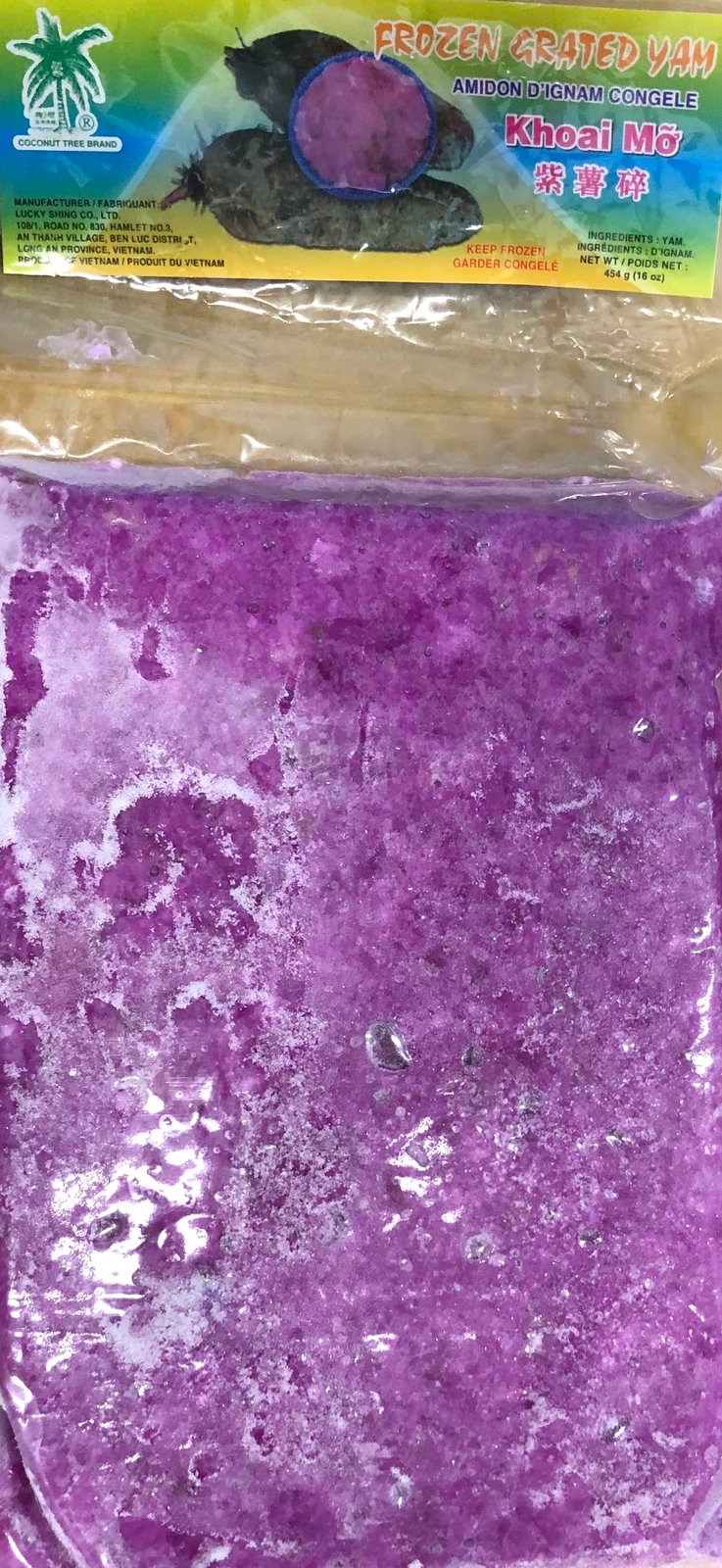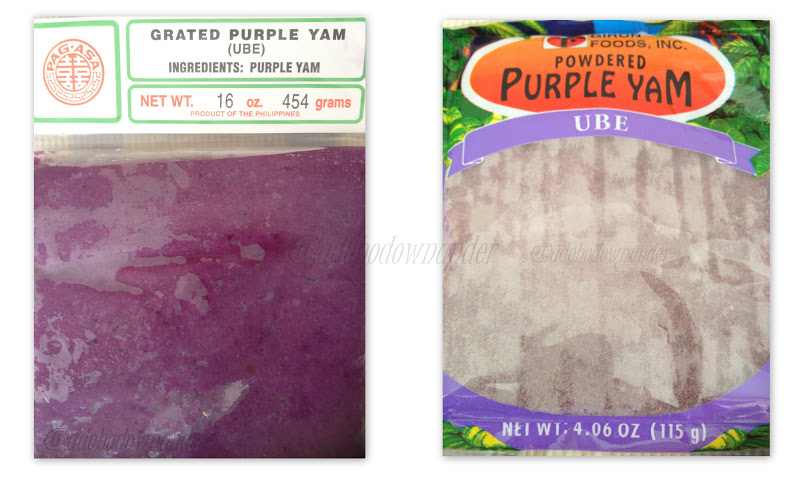

We grow ube in the garden (I should remember to take photos when we harvest). If, however, you’re lucky enough to have access to fresh ube, let me share how my daughter, Alex, makes ube halaya.

But if you’re in a part of the world where fresh ube is unavailable, powdered ube is a convenient substitute. Of course, it’s nowhere as good as fresh ube. Ube in powdered form is available in groceries. These days, making ube halaya need not be so work-intensive. The still hot ube halaya were scooped into large glass bowls, slathered on top with butter that melted within seconds, and left on the counter to cool. Older cousins took turns in stirring the goopy mixture under the watchful eye of my grandmother. I don’t recall anyone spreading ube halaya on bread when I was a young girl - it was always eaten as a dessert scooped with teaspoons from small plates.Ĭooking ube halaya was done in a huge carajay set over glowing charcoal in the backyard. Whenever my grandparents hosted family reunions, there was always ube halaya - grated and boiled ube cooked with sugar and milk which, decades later, would be marketed as ube jam. They weren’t exactly my favorites as a child but my grandparents and everyone in their generation adored it. Ube ice cream and ube cake have been around since I was very young.

In the Philippines, ube has been eaten longer than any existing documentation. The fact remains that ube is very much in. Whether it’s due to the rise in popularity of Filipino restaurants in America or the ube’s visual appeal on Instagram posts, well, it’s anyone’s guess. A topping for Halo Halo, another popular dessert from the Philippines.Ube, long consumed by Austronesians and indigenous to the Philippines, is having its day in the United States. Most of the bakery in the philippines use Ube Halaya as a filling for bread. I enjoy eating ube halaya by itself, you can also use it as a jam of bread. This can also be minimized by cooking the mixture slowly and continuously stirring to prevent lumps from forming. Some variations of ube halaya may also have a slightly grainy texture due to the size grater that was used or it’s not been mashed properly. The rich and indulgent taste of ube halaya is one of the reasons why it is a popular dessert in the Philippines and other parts of Southeast Asia. The texture is smooth and creamy, and it is often compared to a cross between pudding and fudge. Ube halaya has a unique, sweet and nutty flavour. How you will know when it’s ready? What it taste like Remove from heat and transfer it into a container and let it cool down to a room temperature. It will take 15-20mins until it thickens, then add the butter and stir it again until it thickens around 5 mins.

What you need to do is to evaporate all the liquid, you need to constantly stir the Ube so the bottom will not burn. In a pan, combine all the ube, evaporated milk, coconut milk, condensed milk and stir in a low heat. The Ube that i am using is already grated, if you have the Ube the one that is not peeled yet and grated yet, you need to do an extra work.įirst is you need to peel the Ube and boil it until soften, drain the water then mashed the Ube using a potato masher or fork like mashed potato then follow the steps below. Strong arm (cooking this is a workout, it’s a non stop stirring).To make ube halaya, you will need the following ingredients: It is a popular dessert in the Philippines, especially during special occasions and holidays. Ube halaya is typically served as a dessert or snack and is commonly eaten on its own, although it can also be used as a topping or filling for other desserts such as cakes and pastries. It has a rich, creamy texture and a sweet, nutty flavor that is often compared to a cross between vanilla and pistachio. Ube halaya, also known as halayang ube, is a traditional Filipino dessert made from grated purple yam, coconut milk, condensed milk, and butter. It is also used in other Southeast Asian cuisines, as well as in some parts of South America and Africa. Ube is often used in Filipino cuisine, where it is used to make dishes like ube halaya, ube ice cream, and ube cake. It has a deep purple color and a mildly sweet flavor, which makes it a popular ingredient in desserts and other sweet dishes. A purple yam, also known as ube, is a type of root vegetable that is native to Southeast Asia.


 0 kommentar(er)
0 kommentar(er)
